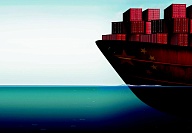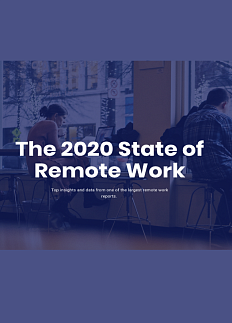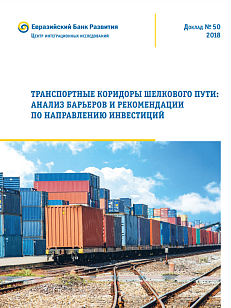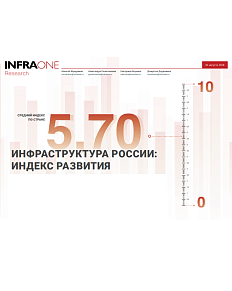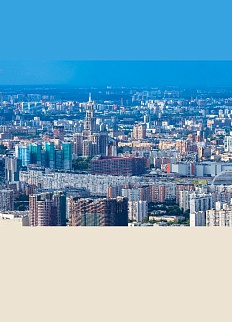First reserve reserve population
The proportions of the urban and rural populations in China have practically stabilized. For many years now, official data showed that 73% of the population resides in cities, while 27% lives in rural areas. The official statistics have changed their evaluation criteria, but in general this ratio is a good sign. It means that China has a large reserve of manpower. With levels of education in the country continuing to rise, we can also conclude that the skill levels of that manpower, their average competencies and knowledge are continuously increasing.

Today, most of Chinas labour force is concentrated in cities
Another important factor is the countrys demographic dividend of 36%. In other words, two thirds of the population is of working age, while children and pensioners only make up one third. The breakdown of that 36% is even more optimistic. Pensioners make up 12%, while children make up 24%. The pension burden is currently small, and the younger generations will steadily enter into the labour market.A large population does not just mean more workers, it means more consumers. Current data from international organizations suggests that 400 million people in China are middleclass. This is a huge domestic market. But Chinas population is constantly becoming wealthier and levels of consumption are increasing.
Four hundred million is not even the final figure. In 2017, the average standard of living in China was not as disappointing as specialists used to European or American data would conclude. A report from the Asian Development Bank titled The Rise of the Middle Class in the Peoples Republic of China suggests that the concept of middle class in China is somewhat different from the traditional understanding of the term. Chinas middle class is composed of people who have a purchasing power parity of USD 20 a day. This conclusion was reached based on the results of a survey of urban and rural settlements. They analysed the prices of agricultural products, land use data, labour productivity, households financial investment choices, sales figures, and goods consumption. Another factor used to identify the middle class was purchases of durable consumer goods: vehicles, computers, large household appliances, pianos, mobile telephones. If it turned out that the family did not have a single one of the above items, they were considered poor. However, it is worth taking into consideration the rather significant range. For example, a rural worker has to earn USD 100 a month to be considered middle class by residents of the region, while a person in Beijing must earn a minimum of USD 1,000 to do the same. According to these criteria, a billion people in China are already middleclass.
In any case, accounting for the difference between more and less wealthy regions, the idea that China has an enormous domestic market is incontestable. And this domestic market significantly reduces risks for the export-oriented parts of the economy.
Second reserve extractive resources
Few people know that the Peoples Republic of China is currently third in the world with respect to the size of its extractive resource reserves (approximately 12% of the global total). Geologists have confirmed that deposits of ten types of energy resources, 46 types of ferrous and nonferrous metals, over 90 types of nonmetallic ores, and eight types of precious and rare metals are located within China.

Robots cannot always compete with Chinese workers
Of particular importance for the country are its enormous coal reserves (primarily bituminous). China is a global leader in this respect with an estimated one trillion tonnes of proven deposits. Moreover, China is currently the worlds largest producer of gold (approximately 430 tonnes annually).Whats more, China has significant shale deposits and therefore plans to become a global leader in production of shale oil in the near future (production by 2020 is expected to reach 100 million cubic metres annually).
China has approximately 300 petroleum fields. It boasts large reserves of iron ore and nonferrous metal ore. It has significant tungsten, manganese, and copper reserves. Ferroalloy shipments have long since been measured in the hundreds of thousands of tonnes. Also, of note are rare-earth metals, demand for which has increased due to new technologies. In 2010, China even started a trade war, forbidding the export of rare-earth metals. This caused the prices for these metals to increase by a factor of several dozens. That growth synchronized with the increase in consumption of, for example, lithium, which is used to produce batteries.

Strategic partnership is confirmed at the highest level: Vladimir Putin and Xi Jinping at the Eastern Economic Forum
It is no accident that, in 2019, Tesla opened a factory in China. This is tied to more than a promising Chinese market and cheaper production. China has large reserves of this metal, helping renewable energy storage become a reality.Of course, a large population and strong manufacturing means that China will remain a net importer, but Chinas potential in individual economic sectors should not be underestimated.
Third reserve government policy
In 2019, Beijing launched stimulus measures described by economists as a cocktail. It includes an increase in government spending, reduced taxes, and making it easier to get a loan. In a public address in early March, Chinese Premier Li Keqiang announced that the government will reduce business taxes, including VAT and company contributions to pension funds by a total of CNY 2 trillion (USD 298 billion), which is 2 % of the countrys USD 13 trillion economy.
In spring of 2018, China lowered the VAT in the secondary sector from 17 to 16% and from 11 to 10% in the transport, shipping, construction, and extractives sectors. This is all while small businesses (making up the lions share of the service sector) pay a 3% VAT in China.
Starting on 1 April 2019, the VAT in the secondary sector, including on the sale and import of goods, dropped from 16 to 13% and from 10 to 9% in all other sectors. Commenting on such a significant reduction in the tax burden, Li Keqiang said that «this is an important step in the fight against downward pressure on the economy.»
The scale of these reductions exceeded market expectations. Li also announced a large spending programme aimed at infrastructure projects, including investments totalling CNY 800 billion in rail construction and water transport development.
These stimuli should add CNY 4.6 trillion to the Chinese economy. The increase in labour productivity will allow for the launch of socially oriented policies.
The aforementioned types of reserves are by far not the only ones available. Chinas colossal trump card is its potential unification with Taiwan following the Hong Kong model. Chinese investments in the purchase of extractive resource fields in Asia and Africa are starting to pay off. Meanwhile, Chinese loans to neighbouring and distant countries are hooking whole governments on Chinese money and technologies. Beijing is developing a new Silk Road programme, creating transcontinental overland corridors for the export of Chinese goods. The synergy of private initiatives and colossal government resources is strengthening Chinas expansion to all countries of the world.

China sets the fairway for the world econom


